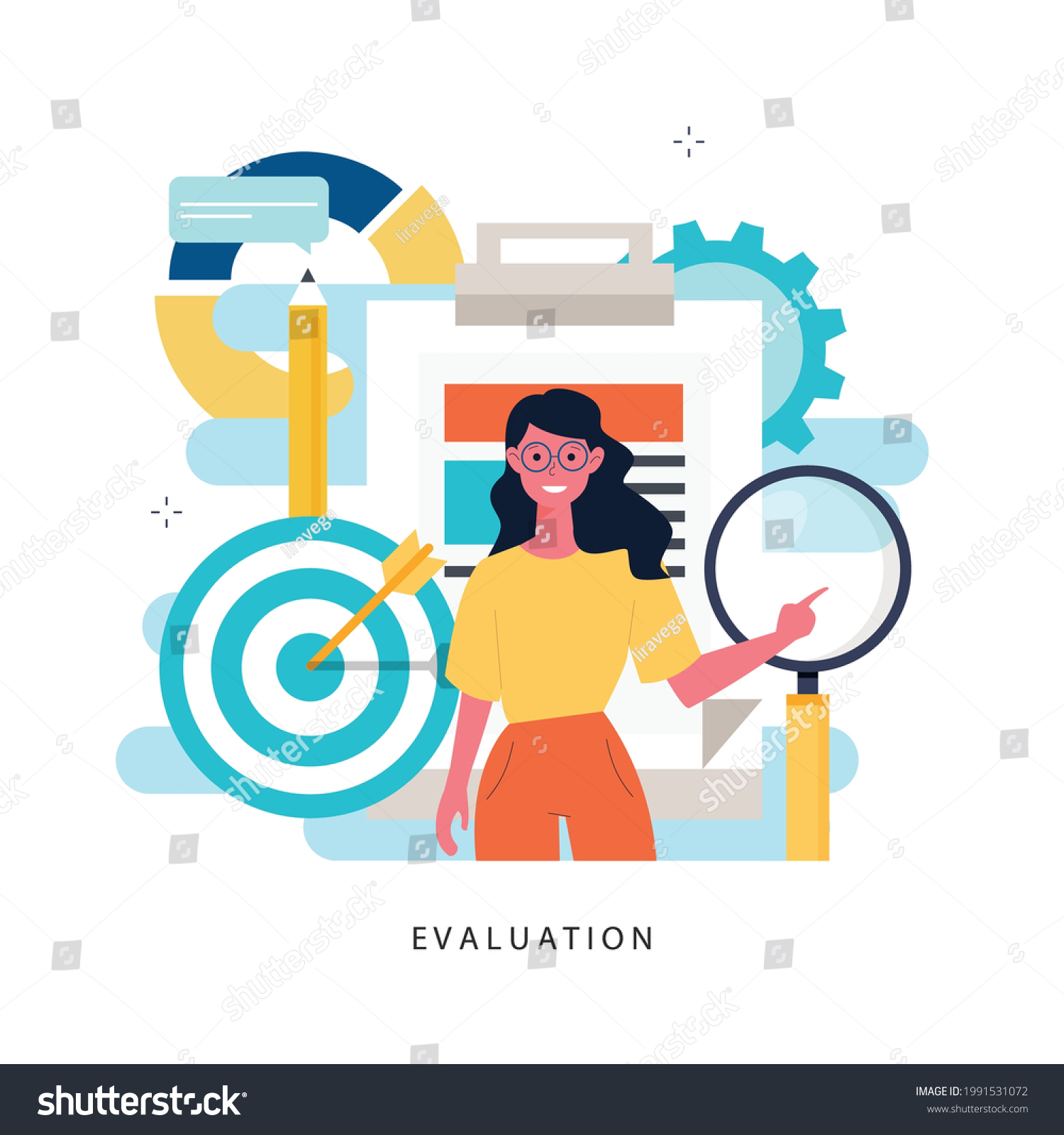Have you ever pondered if the communication in your company is effective? If it's about reaching your objectives? These questions can be answered with the help of a communication audit.
A communication audit comprises a thorough examination of your organization's communications, as well as feedback from stakeholders, in order to establish what works, what doesn't, and where changes may be made.
Communication audits might be intimidating, but we've broken them down into five simple steps:
Determine The Scope Of The Project
First, decide on the target audience for your communication audit. Are the people in the crowd your coworkers? Customers? Members? Are there any other parties involved? Then dig a little deeper to see if there are any segments that need to be clarified. For instance, do you want to target all customers or just a subset based on geography, demographics, buying behavior, or other factors?
Next, list all of your company's departments that produce communications for this audience. Marketing and communications are likely to be included, although human resources, sales, accounting, technology, and other functional areas may also be included.
Consider all of the communication methods and channels your audit will look at, including the web, email, social media, video, print, and even signage and displays.
Collect And Evaluate Samples
Gather communication samples from all relevant departments, in all relevant forms, from the previous 6-12 months once you've determined your scope. Make a spreadsheet with a list of all of the messages and the criteria you're using to evaluate them.
Brand alignment, contentquality, calls to action, format, presentation, delivery mode, and frequency are all possible evaluation criteria.
As you go through the process of analyzing each communication against the criteria, make a note of any additional observations or questions you have. Now is the moment to be objective in your assessment. Now is the moment to compare your results to industry standards. Rather just taking what you see at face value, think about what may be better and how it could be done.
Gather Feedback From The Crowd
Supplement your communication materials analysis with direct feedback from your target audience - after all, the only way to know if your communication is effective is to ask the people who receive it!
Focus groups, surveys, or a combination of these strategies can be used to get input from your audience. Strike a balance between your audience's time, attention span, and the data you want to collect while creating survey instruments. (To put it another way, don't make them too long.)
Make sure to respect your audience's privacy to encourage honest comments and avoid politeness bias. Using an independent agency is a common and effective method of assuring your audience that they will remain anonymous and that their comments will be kept private.
Plan
Document a list of recommendations for your organization's messaging once you've completed your comprehensive analysis. Sort the suggestions into two categories: 1) those that your organization can implement quickly with little impact on resources and budget, and 2) those that will take more time and may require additional resources and financing.
Be realistic about the fact that not all improvements will be possible overnight. Create a timeline-based action plan with attainable milestones (ex: 6, 12, 18 months).
What Is A Communication Audit Example?
Communication comes in a variety of ways, so pick and choose which ones you'll examine. For example, you could examine any businesscards or pamphlets you distribute, as well as the company's website. Both of these scenarios are examples of how a firm could unintentionally cause a communication issue.
Why Is Communication Audit Important?
A communication audit evaluates the effectiveness of your present communication tools, identifies their strengths and limitations, and offers insights and recommendations for moving forward. Trust between your company and its internal and external stakeholders is essential to any company's success. It, like any other connection, needs to be nourished in order to grow.
The first step is to figure out why you're performing a communication audit in the first place. It won't help you if you fly in blindly in the hopes of succeeding on the other side.
Perhaps you've recently started a new job as an internal communication consultant and want to assess where the company is in terms of internal and external communication. Maybe you're the marketing director at your company, and you're trying to develop a Communication Strategy. You'd like to conduct an audit to help you explain your strategic path moving forward.
What Is Communication Audit Tool?
A communication audit is a crucial tool for evaluating your company's identity (who we claim we are) and image (how we are perceived). It determines if the organization's tone is cohesive, consistent, and honest, or, on the contrary, if the tone is confusing and distrustful.



